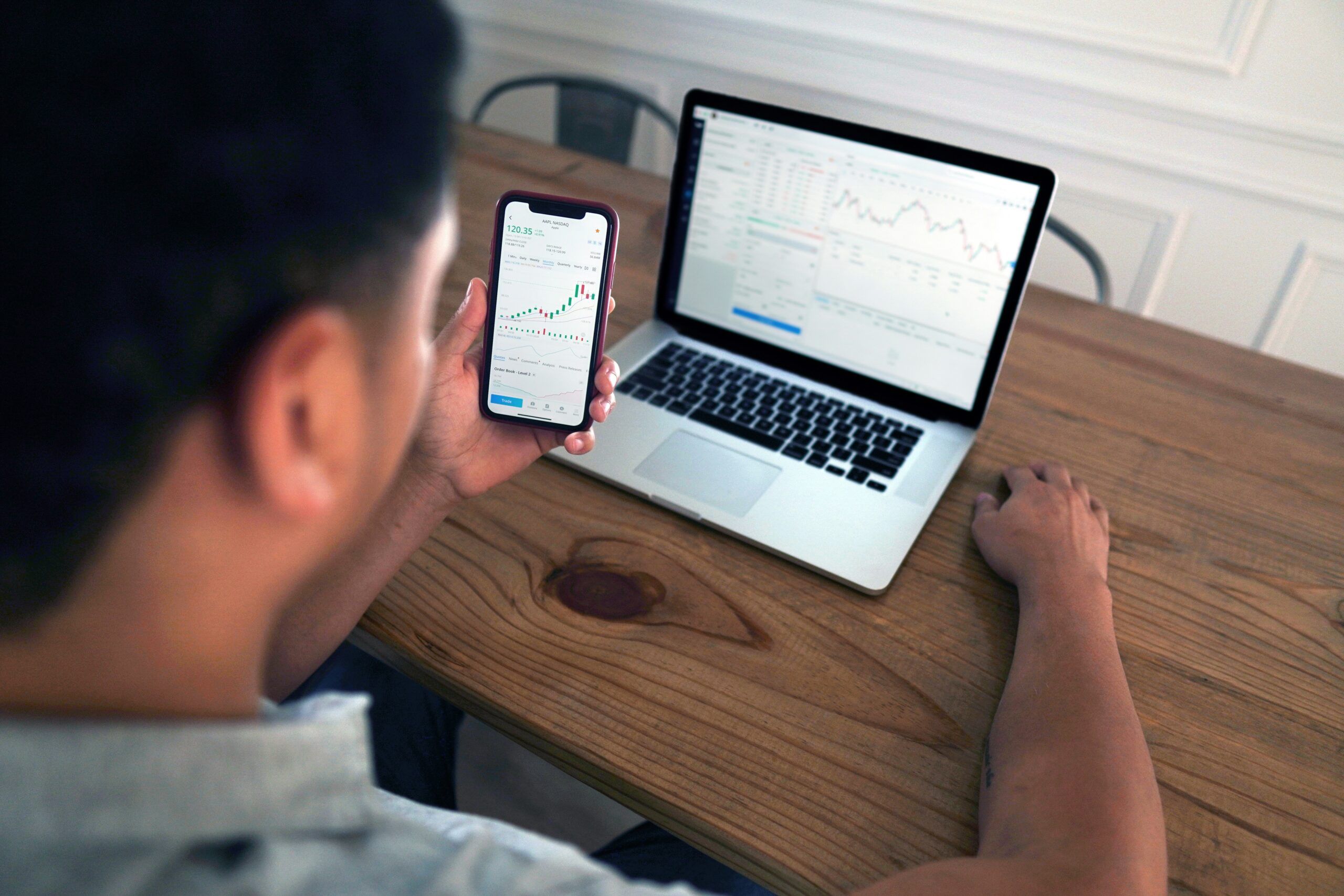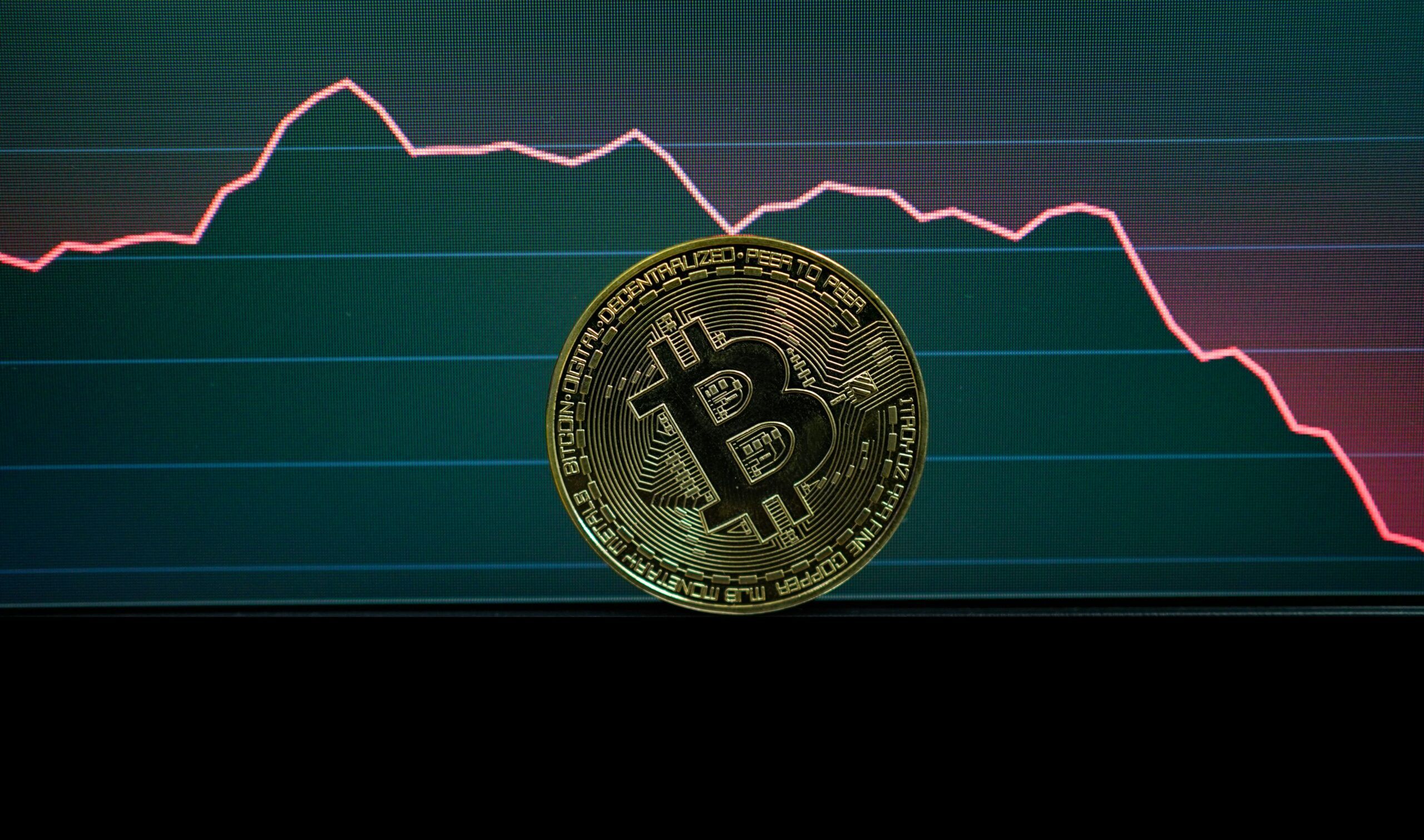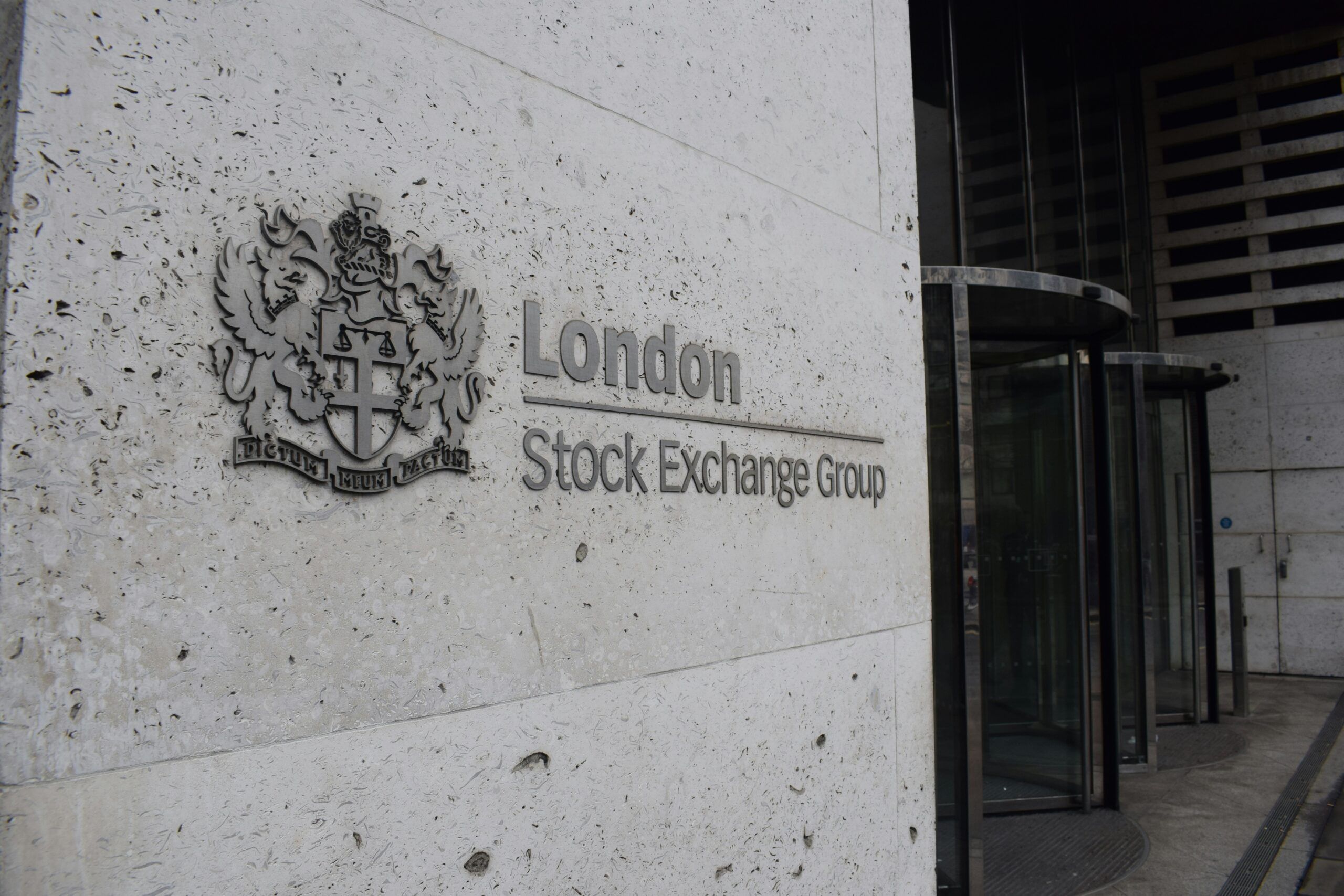Bond Investors Edging Towards Emerging Markets
Investors in global bonds are eyeing a number of better-performing emerging markets, as they are currently a safer bet than their peers in the richer developed world, and some countries, such as South Korea, are delivering stronger returns. The strong performances seen in several emerging economies are due, according to experts, to governments cutting debt, improving their current account balances and getting to grips with inflation. Analysts also note that these economies have become attractive to bond investors due to a reversal of fiscal fortunes in industrial nations such as the Group of Seven* (aka the G7), where safe-haven status is eroding amid rising debt-to-output ratios.
*Group of Seven / G7 – This is an informal political forum for the leaders of seven advanced democratic economies, including Canada, France, Germany, Italy, Japan, the United Kingdom and the United States. Originally, it was known as the G8 until Russia was suspended in 2014 for the annexation of Crimea. The group meets annually to discuss and coordinate policy on major global issues such as economic governance, international security and climate change. The leader of the European Union (currently Ursula von der Leyen) has an unofficial seat at the table, enjoys all the privileges and is often dubbed the 8th member.
Analysts predict that at the close of business in 2025, and in terms of annual bond gains this year, it is set to be the strongest for emerging markets since the Covid-19 pandemic. Investors have become really impressed with a number of emerging market economies as they are now, for the first time in seven years, demanding the smallest premium over treasuries in the sovereign dollar-debt market. Indeed, for several AA-rated issuers, the spread has declined to an impressive 31 basis points, which in today’s world is a record and data released shows that, since the end of last year, average local currency debt yields have been below that of treasuries.
Experts advise that the ‘Carry Trade’ ** has become an influential tool in investing in local currency emerging market bonds, where low-interest rate volatility has favoured investment in this asset class. Sovereign and local bonds are not the only beneficiaries of the carry trade; currencies have also benefited, such as the Egyptian pound and the Nigerian Naira, both delivering 20% returns year-to-date when funded out of US Dollars. However, as one moves along the emerging market credit curve, the risk-to-reward ratio increases exponentially. Emerging market experts advise that political instability and debt distress are constant threats in a number of these economies and can be found mainly in Africa and Latin America. Also, for serious capital to be deployed, investors look to those countries with a sovereign risk of AA.
**Carry Trade – This is a financial strategy whereby an investor will borrow money at a low interest rate and invest in an asset with a higher interest rate with a view to profiting from the difference (known as the interest rate differential). Whilst this is mostly done in the foreign exchange markets, it is also applied to commodities, bonds and other assets.
However, according to analysts, there has been a palpable change in investment strategy in the emerging markets arena, with investors looking to commit directly to these economies without using the carry trade due to key macro fundamentals moving into favourable positions. It has also been noted that in the face of global trade and geopolitical dislocations, emerging markets have been resilient and have preserved fiscal governance, including balance of payments sustainability, resulting in inflows into the fixed income market, all of which is expected to continue into 2026.










